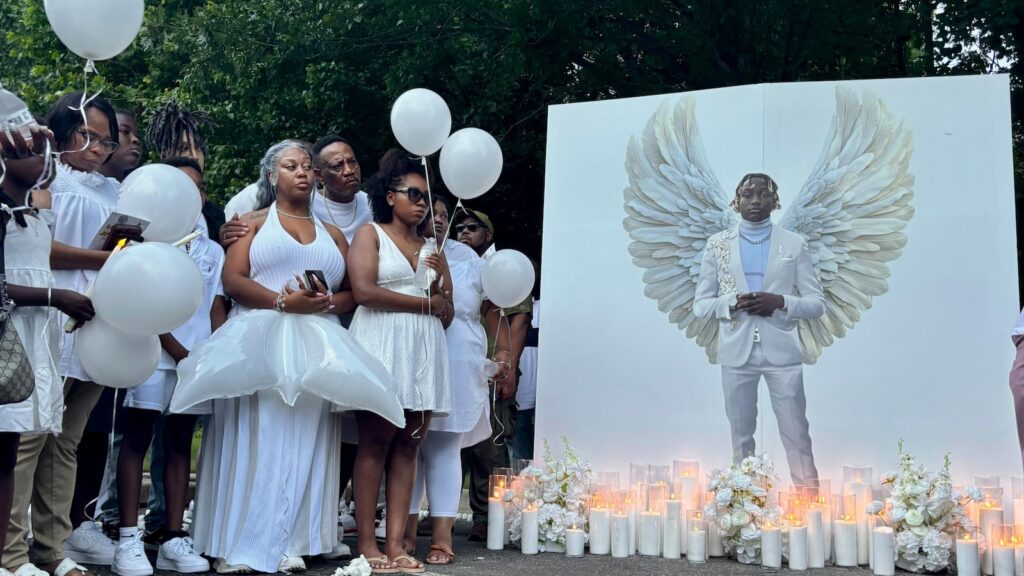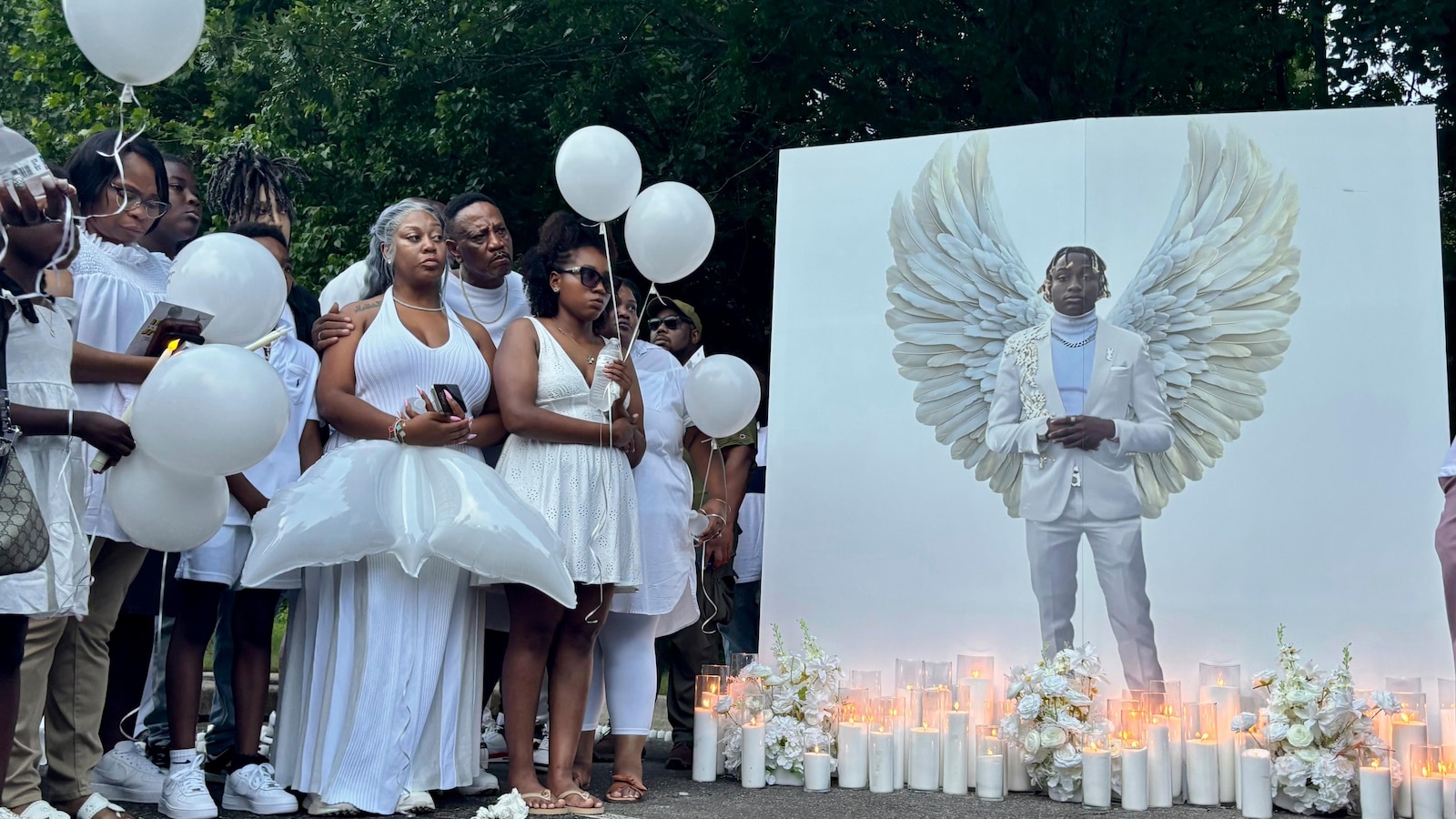Family of Alabama teen shot by police seeks access to video of shooting
Family of Alabama teen shot by police seeks access to video of shooting

Lawyers representing the family of a Black teenager killed by police in an Alabama suburb said the state’s refusal to release body-camera video during an investigation is fueling mistrust
Read the full article on ABC US
Truth Analysis
Analysis Summary:
The article is mostly accurate, with the core claim about the family seeking access to the video being verified by multiple sources. There's a slight bias due to the framing of the situation and the emphasis on the racial aspect of the case, which is not inherently inaccurate but could influence the reader's perception.
Detailed Analysis:
- Claim:** Lawyers representing the family of a Black teenager killed by police in an Alabama suburb said the state’s refusal to release body-camera video during an investigation is fueling mistrust.
- Verification Source #1, #3, and #4 support this claim, stating that the family is seeking body camera footage. The claim that the teenager was Black is also supported. The claim about the state's refusal and fueling mistrust is implied but not explicitly stated in these sources.
- Claim:** The shooting occurred in an Alabama suburb.
- Verification Source #1, #3, and #4 mention that the shooting occurred in an Alabama suburb (Homewood).
- Claim:** The family wants answers.
- Verification Source #3 and #4 state that the family wants answers.
Supporting Evidence/Contradictions:
- Verification Source #1, #3, and #4 all confirm that the family is seeking body camera footage related to the fatal police shooting of a Black teenager in an Alabama suburb.
- The article's framing of the situation, particularly the emphasis on the racial aspect, introduces a degree of bias. While the race of the teenager is a factual detail, highlighting it prominently can influence the reader's perception of the event.
- The claim that the state's refusal to release the video is fueling mistrust is a reasonable inference, but it's not explicitly stated in the provided sources. This could be considered a slight bias, as it presents a specific interpretation of the situation.

